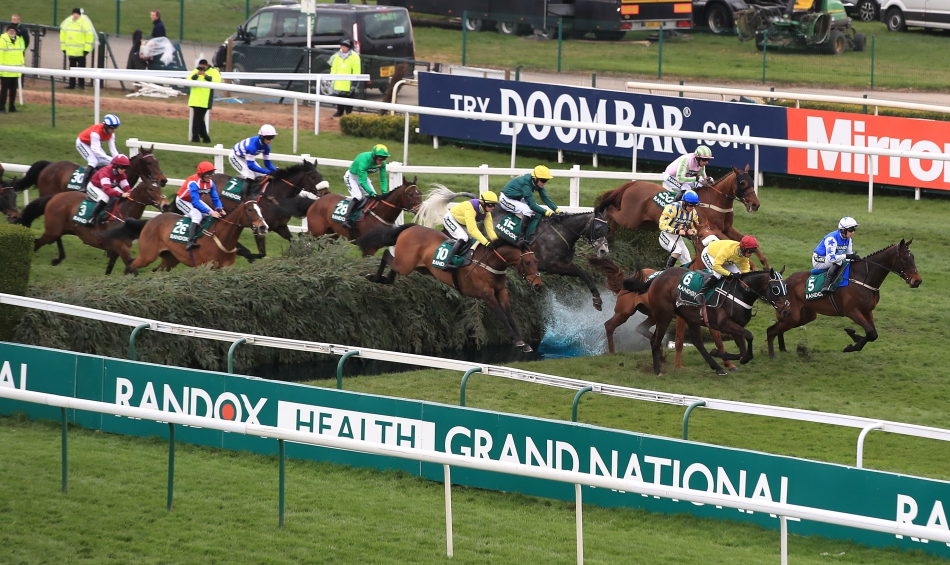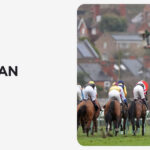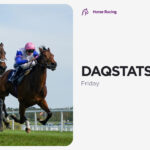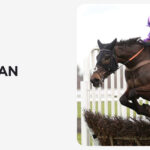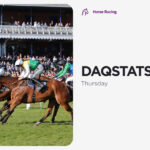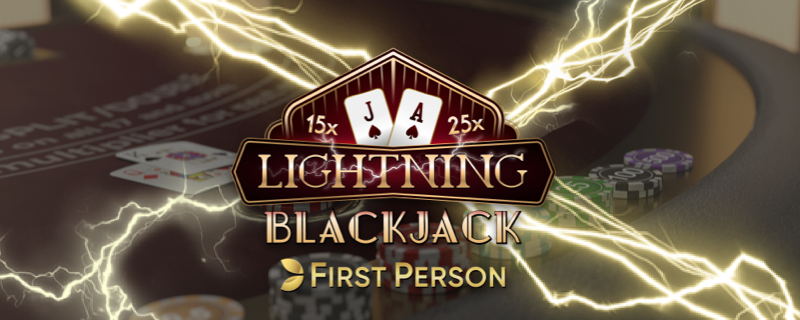PICK YOUR FIELD OF THE GREAT AINTREE WINNERS: Who was the greatest Grand National winner? ITV1 will show a simulated race of champions on Saturday, but which horses should comprise the field? Who were the great jumpers, fastest winners, repeat winners and placed horses? Who were the top trainers and jockeys? Today and tomorrow Daqman presents his ABC guide of winners from 1950 to 2020, and why they must ‘run’ in the race..
GRAND NATIONAL CHAMPIONS
What’s the line-up for Saturday’s ITV1 race of champions? Before their Grand National of 2020, they will pit the winners of the past against each other on computer.
But, though algorithmical form will contain the criteria for each, their history race will want to include Red Rum, which takes them back to the 1970s so, for a normal field of 40, they will need to leave some out.
Surely TV audiences will expect to see the headline-makers in the squad, just as purists will want to argue for those highly rated. and you and I will want to see our favourites, ancient and modern. Here’s my ABC of winners and why they will be wanted:
Aldaniti (1981) because he made international headlines as a brokendown horse revived by Josh Gifford under cancer-victim jockey Bob Champion. The two crocks National!
Ben Nevis (1980) because best of three trained by Mr Pessimist himself, Tim Forster, between Well To Do (1972) and Last Suspect (1985), whose owner, Anne Duchess Of Westminster, had refused to allow Arkle to run in the race.
Corbiere (1983) because the first to be trained by a woman, Jenny Pitman, who also won it with Royal Athlete (1995) and paved the way for Sue Smith (Auroras Encore, 2013), Venetia Williams (Mon Mome, 2009), and Lucinda Russell (One For Arthur, 2017).
Don’t Push It (2010) because the only winner for each of owner J P McManus, trainer Jonjo O’Neill and jockey Tony McCoy.
Freebooter (1950) because he carried the highest winning weight since the war before Red Rum and was trained by Bobby Renton, grandfather of current Cheltenham boss, Ian Renton.
Gay Trip (1970) because Pat Tafffe’s only winner as a jockey, and probably pick of four winners for doyen of trainers Fred Rimell.
His others were E.S.B (1956 Dave Dick), who won when the Queen Mother’s Devon Loch sprawled with the race at his mercy; the rare grey winner Nicolaus Silver (1961 Bobby Beasley) and Rag Trade (1976 John Burke), the ladies’ choice, who hit the headlines for London fashion-hairdresser, Pierre ‘Teazy Weazy’ Raymond.
Hedgehunter (2005) was one for the punters, 7-1 favourite for Willie Mullins and Ruby Walsh, first of three for Trevor Hemmings, who also owned Many Clouds (below) and Ballabriggs (2015 Donald McCain Jnr) which completed a father-and-son double started all those years earlier by Red Rum (Ginger McCain, who also scored with Amberleigh House in 2004)
Father-and-son winners in the same year were Bobbyjo (1999) for Tommy Carberry and his son, Paul; and the following year Papillon for Ted and Ruby Walsh.
Highland Wedding (1969) because trained by the colourful and magnanimous Toby Balding, who had told the racing world: He WILL win!
Kilmore (1962) because trained by the ‘bold captain’, Ryan Price, whose fights with authority were the story of his generation, and ridden by Fred Winter, king of the jockeys and master trainer, who himself saddled to victory Jay Trump (1965) and Anglo (1966) in successive years.
Kilmore was spotted grazing in a field in Ireland by legendary amateur champion rider and renowned breeder Bob McCreery.
Many Clouds (2015) because a crowd-pleaser for Oliver Sherwood and second leg of a double for Leighton Aspell (after Pineau de Re 2014)
Merryman 11 (1960) because third National winner trained by the northern master, Neville Crump, after Teal (1952) and Sheila’s Cottage (1948).
Neptune Collonges (2012) because the only winner for champion trainer Paul Nicholls.
Party Politics (1992), the giant, whose jockey Carl Llewellyn won again on Earth Summit (1998), first of two winners in five years for trainer Nigel Twiston-Davies (Bindaree 2002).
Red Rum, Red Rum, Red Rum! because trained on Southport sands by taxi driver ‘Ginger’ McCain for 85-year-old customer Noel Le Mare. Seriously which of his treble should he represent?
Would it be unfair to the others to let him in off 10st 5lb (1973)? Or unfair to him to be saddled with the 12st of 1974 or even the 11st 8lb of 1977 when he was by then 12 years old.
Royal Tan (1954) because the pick of three consecutive winners (along with Early Mist and Quare Times) for legendary trainer Vincent O’Brien, who would later dominate the English and Irish Classics on the Flat, with a certain jockey called Lester Piggott.
Rule The World (2016) because first winner for Gigginstown before Tiger Roll, and had already won the Irish National for Mouse Morris.
Silver Birch (2007) because, as a reject from Paul Nicholls yard, was one of the first big winners for Gordon Elliott and the only National for Robbie Power, just as Montys Pass (2003) was Barry Geraghty’s sole success in the race.
Tiger Roll, Tiger Roll, winner in 2018 and 2019, so next time he runs will be challenging the Red Rum treble for Gigginstown, Gordon Elliott and Davy Russell.
I seem to have ignored the slowest winner of the race, Red Marauder (2001) and one or two others. But which winner was fastest? Which had the highest rating?
TOMORROW: I’ll give you the result from my own computer race of winners of up to 20 years ago, and my final verdict on Saturday, after you and I both have dug out the recent form, and tried to answer the ultimate question: how did winners in the gruelling race of the past compare with modern heroes since the track was modified?
Did you know that as well as checking the realtime prices on BETDAQ below – you can also log into your account and place your bets directly into BETDAQ from BETDAQ TIPS.

